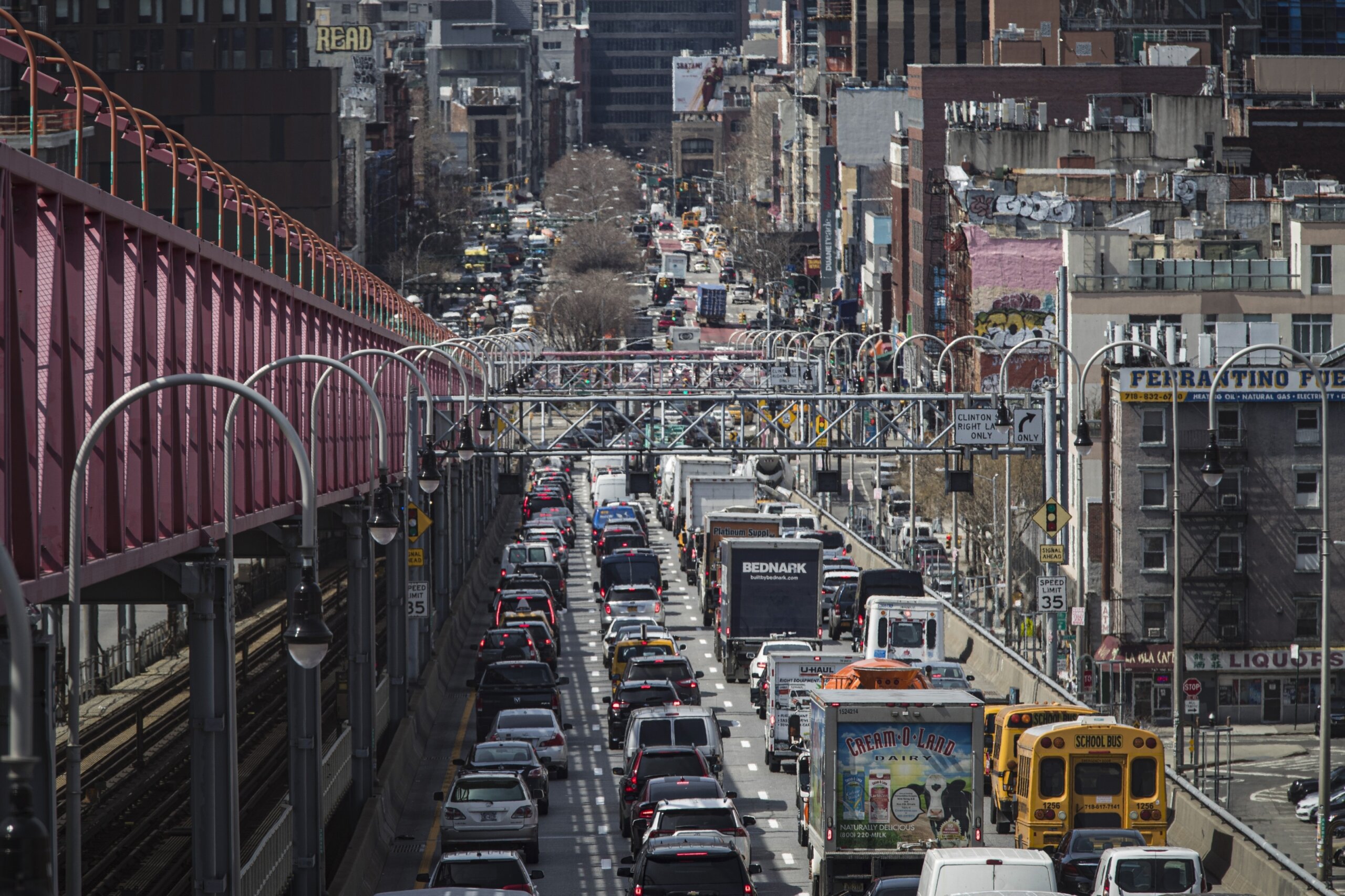


Kate Slevin, Executive Vice President of the Regional Plan Association, an urban planning and policy group, underscores the city's dependence on public transit. Advocates stress that this is particularly important for low-income and minority residents who are less likely to own cars. These improvements, such as the introduction of new subway cars and electric signals, are crucial for attracting new riders, improving speed, and enhancing accessibility. Congestion fees are projected to generate crucial revenue to fund $15 billion in future investments, aiming to modernize New York City's century-old public transit system. However, public transit ridership remains 25% to 30% lower compared to pre-pandemic levels, according to the Metropolitan Transportation Authority (MTA). Currently, approximately 75% of trips downtown rely on public transportation. Supporters of the toll program also emphasize its potential to enhance public transit, a vital component of New York life. It leads to more accidents, increased carbon emissions, and heightened pollution, occupying valuable space that could be better utilized for pedestrians and outdoor dining.ĪLSO READ| Prince William's playful comment about becoming an uncle takes the internet by storm To tackle this persistent issue, a toll system has been proposed to reduce the number of vehicles entering the congestion zone by at least 10% daily and cut down the total miles traveled within the zone by 5%.īeyond the inconvenience, congestion carries physical and societal costs. New Yorkers find themselves losing an average of 117 hours each year stuck in traffic, resulting in nearly $2,000 of lost productivity and associated costs, as estimated by experts. Even public bus speeds have suffered, plummeting by 28% since 2010. With over 700,000 cars, taxis, and trucks flooding into Lower Manhattan daily, it is no surprise that this bustling area is notorious for having some of the worst gridlocks in the United States.Ĭars crawl at an average speed of just 7.1 mph within the congestion pricing zone, a figure that continues to decline. The United States faces its most severe gridlock challenge Two years later, the state granted the MTA approval to develop a congestion pricing program. In 2007, Mayor Michael Bloomberg referred to congestion as the "elephant in the room" when proposing a toll program, which was rejected by state lawmakers.Ī decade later, Governor Andrew Cuomo, who had long resisted congestion pricing, acknowledged its inevitability, declaring a subway state of emergency due to increased delays and a derailment that caused injuries. The implementation of congestion pricing would mark the culmination of more than fifty years of efforts in New York City. Governor Kathy Hochul emphasized the program's importance, stating, "This program is critical to New York City's long-term success." They view it as a transformative step to reimagine the city's future. The New York Metropolitan Transportation Authority (MTA) will then finalize the toll rates, as well as discounts and exemptions for specific drivers.Ĭongestion pricing advocates argue that this program is vital for New York City's recovery from the devastating impacts of the COVID-19 pandemic. The public has until Monday to review the report, after which federal authorization is expected. The proposed toll rates during peak hours range from $9 to $23, with implementation scheduled for next spring.Īfter facing years of delays, the plan reached a significant milestone with the Federal Highway Administration's approval of an environmental assessment.
#Nyc congestion toll drivers
The Central Business District Tolling Program, commonly referred to as congestion pricing, will charge drivers for accessing the traffic-congested area below 60th street-an unprecedented initiative in the United States. The Biden administration is poised to greenlight New York City's groundbreaking congestion pricing program, allowing tolls on vehicles entering Lower Manhattan.


 0 kommentar(er)
0 kommentar(er)
